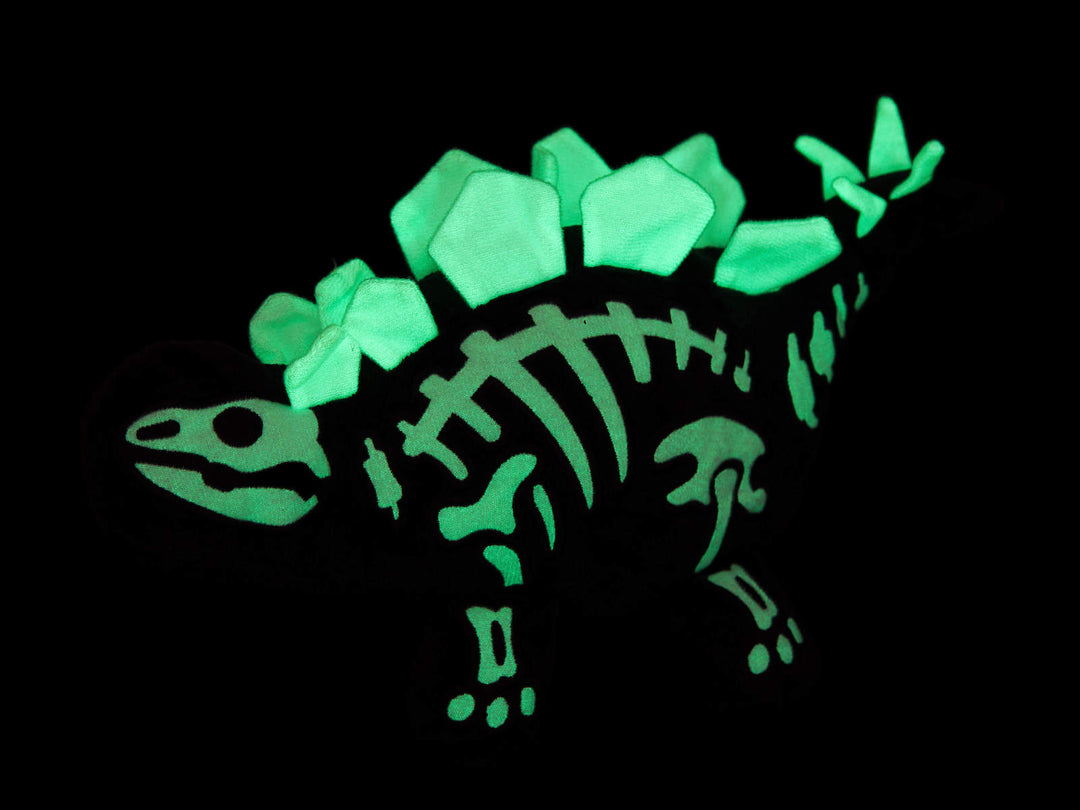Over the last decade, paleontologists have dug deep (literally) to find dozens of new secrets about your favorite prehistoric creatures. Even though they went extinct 66 million years ago, new species continue to be discovered. Here are 6 big dinosaur discoveries over the last decade that we can't wait to share!
1. Supersaurus is the Longest Dinosaur on Record

The longest dinosaur was named Supersaurus. The most recent discoveries show it was 128 feet and possibly reached 137 feet in length, which is ALMOST half the size of a football field. It was always known to be a plant-eater, but new analyzed bones reveal just how truly large it was! This was according to unpublished research presented at the Society of Vertebrate Paleontology conference.
2. There Were Billions of T. rex

According to a recent estimate conducted in the journal Science, 2.5 billion individual T. rex existed during the last 2.5 million years of the Cretaceous period, which was over 145 million years ago! Considering there are less than 100 fossilized T. rex known to science, that's a pretty big number. Researchers determined this by looking at the dinosaur king's population density, habitat size, generation time, and the total number of generations.
3. Spinosaurus Were Aquatic Dinos

Photo provided by Live Science
For years, scientists thought that the famous dinosaur Spinosaurus could swim, but they just couldn't prove it. Unfortunately, the most complete Spinosaurus fossil ever found had been destroyed in a bombing raid against Germany during World War II. After years of study, big dinosaur, Spinosaurus' tail revealed it was broad and paddle-like. And according to a study in the journal Nature, it was the perfect tail for a swimmer!
4. Titanosaur Embryo Had Horns

A discovery in Argentina revealed that a rare Titanosaur embryo had a rhino-like horn on its snout, which was lost during adulthood. This is known because no horn is found on the adult Titanosaurus, which means it seems to be temporary. Maybe even to help the baby dino crack out of its shell.
5. T.rex Had a Cousin

The Tyrannosaurus rex has a new cousin named, get this, the 'reaper of death'! Discovered in Alberta, Canada, this beast was 79.5 million years old and is the oldest named tyrannosaur on record in North America. The 'reaper of death' had distinctive vertical ridges from its eyes to its upper snout. Scientists aren't sure exactly why the dinosaur had these ridges, but they certainly give this big dinosaur a unique look!
6. Dinosaurs Laid Soft-Shelled Eggs

Photo provided by Live Science
Scientists have found unique ancient eggs from two different dinosaur species: Protoceratops, which was alive during the Cretaceous period, and Mussaurus, alive during the Triassic period. These eggs turned out to be leathery, like the eggs of turtles, rather than thick and hard-shelled eggs. This finding might explain why dino eggs have been so hard to find for many dinosaur species, since soft eggs would decay faster.






Leave a comment